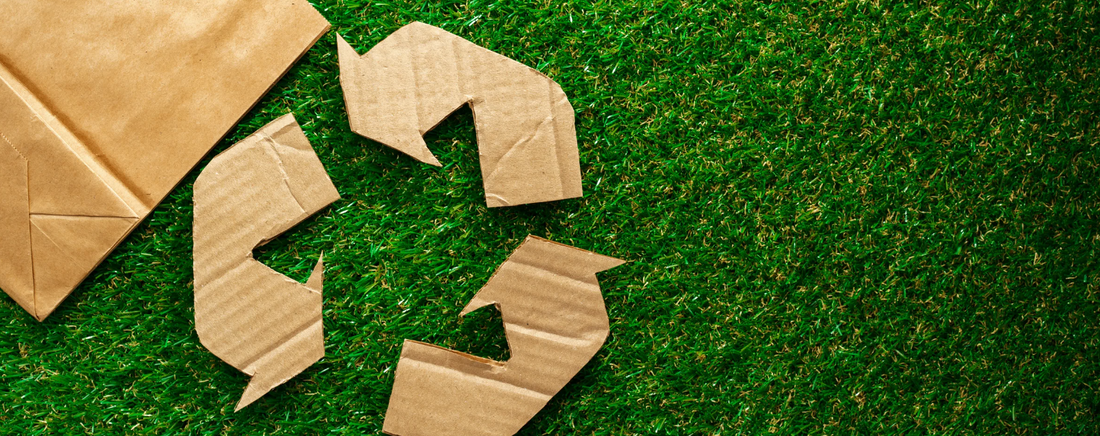
Eco-Friendly Pickleball: Sustainable Gear and Green Court Design
Share
Pickleball’s meteoric rise has captivated communities, drawn in multigenerational athletes, and redefined recreational spaces. Yet as the sport’s popularity surges, so does its environmental footprint. Between synthetic paddles, plastic balls, and energy-intensive courts, the game has room for improvement when it comes to sustainability.
Fortunately, a growing segment of the pickleball world is rallying behind a new cause: eco-conscious play. From biodegradable gear to solar-powered court lighting, the sport is embracing practices that protect the planet while preserving the game’s integrity. This article explores the most promising innovations in green pickleball gear and court design for players and communities looking to make a difference.
The Environmental Footprint of Pickleball
While pickleball itself is a low-emission sport compared to motorized recreation, its rapid expansion poses ecological challenges:
- Plastic Waste: Pickleballs are often made from non-recyclable polymers and have short lifespans due to cracking or warping.
- Synthetic Gear: Paddles constructed with fiberglass, carbon fiber, and resin are durable but rarely biodegradable.
- Energy Consumption: Indoor facilities and outdoor courts with lighting systems can consume significant energy, especially in high-traffic locations.
- Surface Materials: Traditional court surfacing often includes petroleum-based compounds that contribute to runoff and heat absorption.
By acknowledging these concerns, players and organizers can begin to adopt greener alternatives that reduce harm without compromising playability.
Sustainable Gear: Playing with Purpose
The rise of eco-friendly gear marks a shift in consumer awareness and manufacturer innovation. Here’s how players can make more environmentally sound choices:
1. Recyclable and Durable Pickleballs
Some brands are now offering recyclable pickleballs made with less virgin plastic or thermoplastic elastomers that maintain performance with reduced waste. Look for balls with extended-use certifications or partner recycling programs.
2. Eco-Conscious Paddle Construction
Sustainable paddles are emerging from boutique manufacturers experimenting with:
- Bamboo or cork cores
- Natural fiber composites
- Biodegradable edge guards
While these paddles may be more niche, they represent a meaningful step toward greener manufacturing. Additionally, choosing a high-durability paddle can reduce the frequency of replacements, lowering long-term consumption.
3. Reusable Accessories
Ditch disposable grips and overwraps for washable, reusable alternatives. Opt for natural-fiber towels, BPA-free water bottles, and gear bags made from recycled materials to further minimize your environmental impact.
Green Court Design: Building Better Spaces
The transformation doesn’t stop at the net. Eco-friendly court design blends innovation with environmental stewardship, helping facilities cut costs and carbon simultaneously.
1. Permeable Surfaces and Drainage Systems
Permeable court bases, such as porous asphalt or modular tile systems, allow rainwater to filter into the ground, reducing runoff and erosion. This not only benefits local ecosystems but also minimizes puddling and long-term maintenance.
2. Solar Lighting and Energy Efficiency
Courts equipped with solar-powered LED lighting systems can dramatically reduce electricity consumption. Motion-activated lighting and energy-efficient fixtures are excellent alternatives for existing facilities aiming to retrofit responsibly.
3. Recycled or Repurposed Materials
Some court builders now use recycled rubber, post-consumer plastics, or reclaimed concrete in their base layers and borders. These materials retain structural integrity while reducing landfill contributions.
4. Landscaping with Native Plants
Surrounding courts with drought-resistant, native vegetation not only beautifies the space but also enhances local biodiversity, minimizes water use, and prevents invasive species from taking root.
Sustainable Tournament Practices and Community Involvement
Events and leagues can take a leadership role by embedding sustainability into their operations:
- Digital brackets and scorekeeping to reduce paper usage
- Recycling and compost bins placed courtside
- Reusable hydration stations to discourage single-use bottles
- Eco-branded merchandise with organic cotton, recycled polyester, or water-based inks
- Education booths promoting green gear and environmental initiatives
Players can also contribute by carpooling, biking to courts, or forming eco-action committees within clubs to advocate for responsible upgrades and improvements.
Brands Leading the Way
A handful of forward-thinking companies in the pickleball space are already exploring sustainability. While not all gear is fully recyclable or biodegradable, some manufacturers have launched lines focused on:
- Low-waste production techniques
- Minimalist packaging
- Carbon offset partnerships
Supporting these brands signals to the industry that environmental values matter to the pickleball community and encourages continued innovation.
Conclusion: Playing for the Planet
Pickleball is more than a pastime—it’s a rapidly growing cultural movement. As such, it carries both influence and responsibility. By choosing sustainable gear, advocating for green infrastructure, and embracing mindful practices, players of all levels can contribute to a game that nurtures both body and earth.
Going green doesn’t mean sacrificing performance or style. It means aligning your passion with your principles and recognizing that every dink, drop, and drive can echo beyond the baseline. The future of pickleball is bright, and it’s even brighter when played in harmony with the planet.












